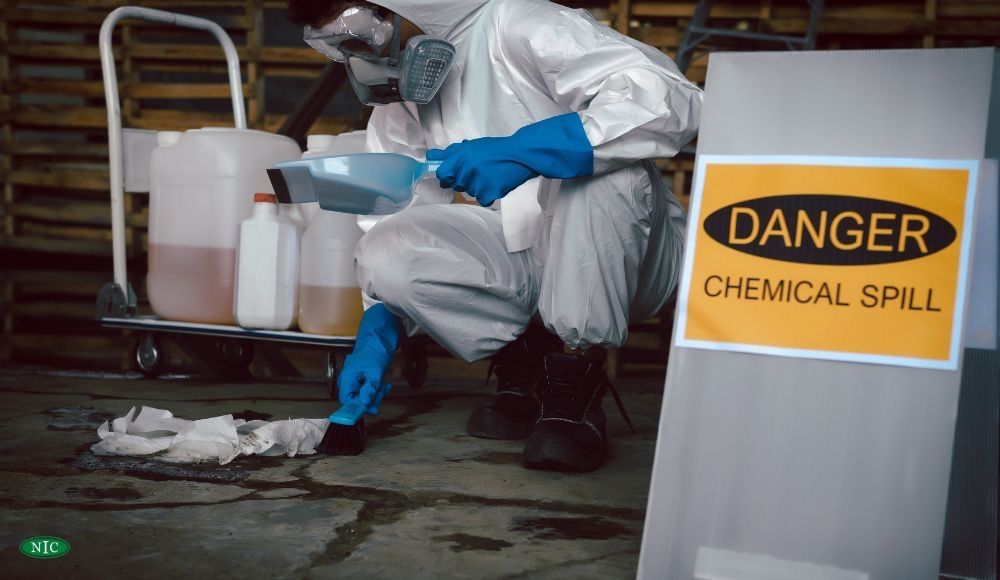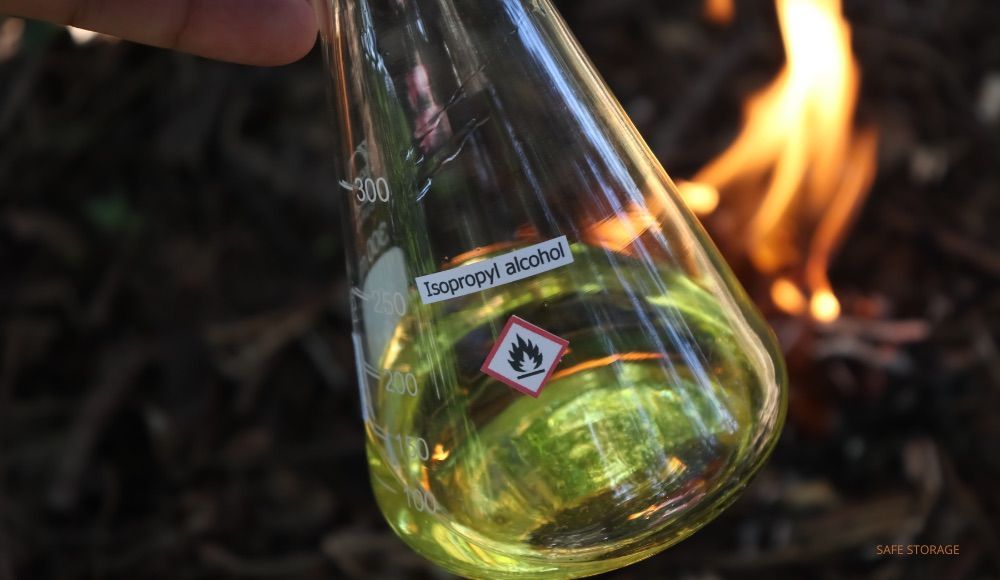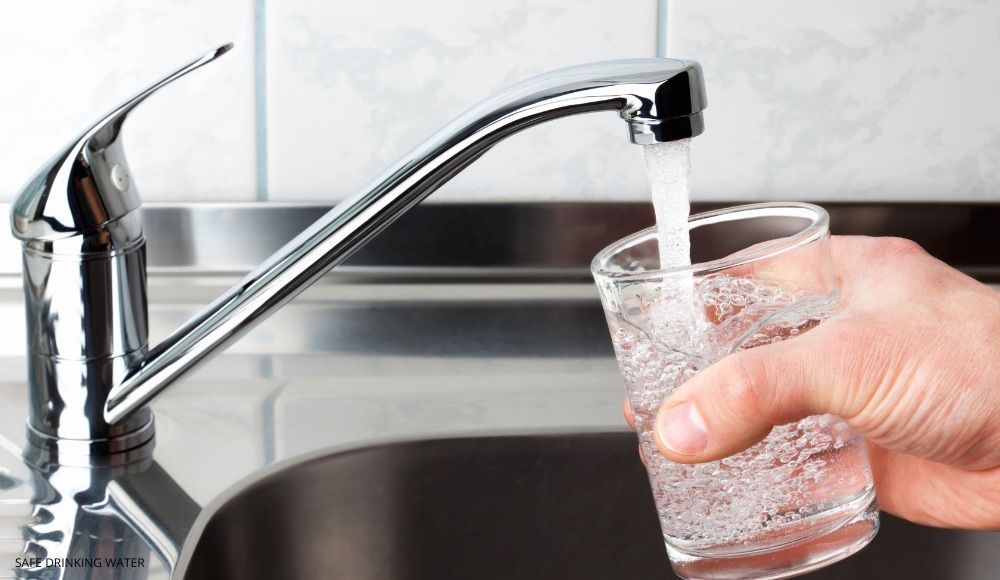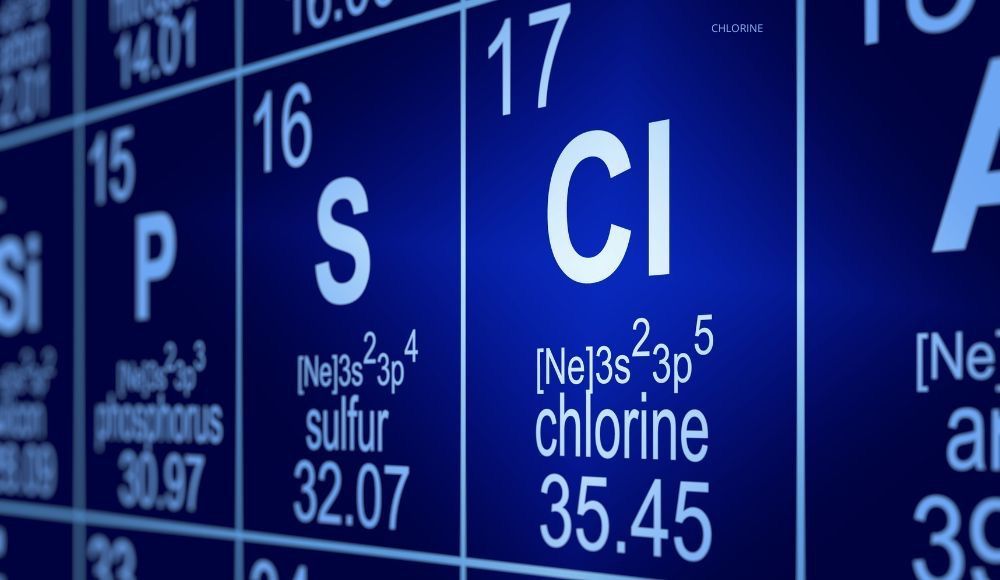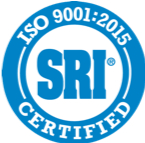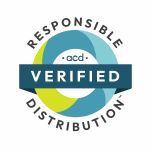Transporting Hazardous Materials: The Most Common Method Unveiled
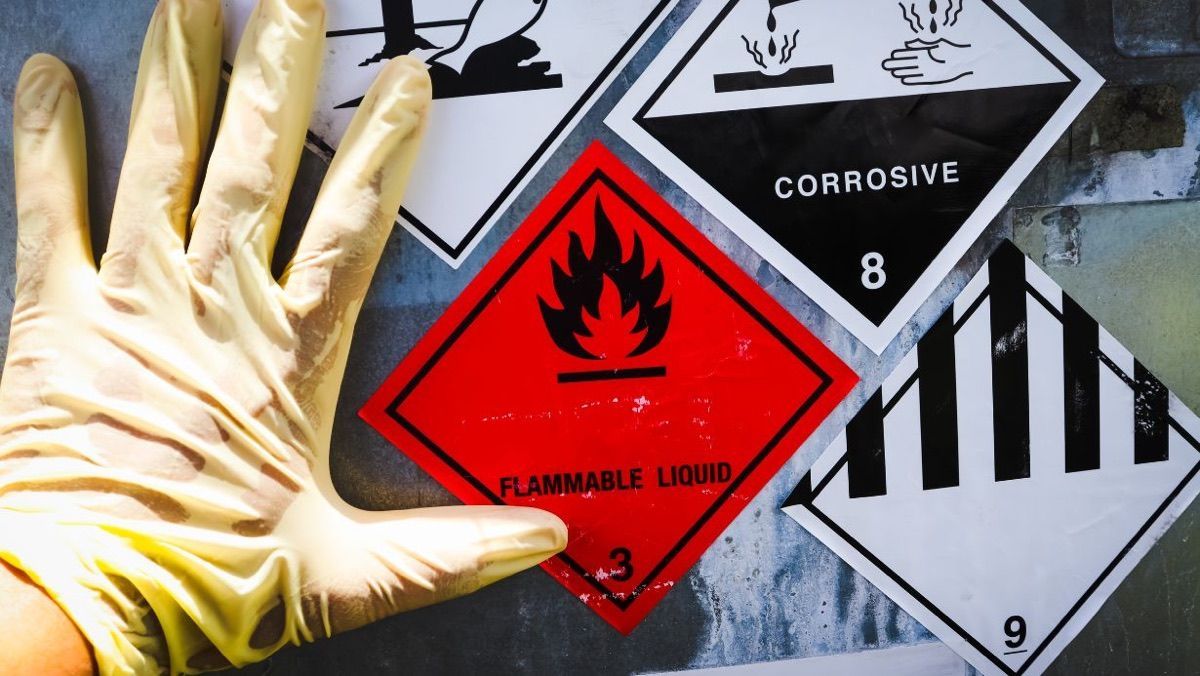
The Learning how to transport hazardous materials is essential for a multitude of reasons. Countless industries depend on hazardous materials to function, and there are huge risks associated with improper transportation. Using the wrong method can lead to problems with contamination or big accidents that cause significant health concerns.
With that in mind, you’re probably wondering what the most common method of transporting hazardous materials is and what must be considered when HazMat is moved from one location to another.
What Is The Most Common Method Of Transporting Hazardous Materials?
HazMat can be transported through multiple means, though the US Department of Transportation is on record stating that “rail transportation of hazardous materials is recognized to be the safest land-based method of moving large quantities of chemicals over long distances.”
This is the most common way to transport hazardous materials as railroads are deemed incredibly safe. The benefit of moving large quantities of HazMat by rail is the lack of traffic on a railway track. Containers can be loaded up and attached to a freight train before being sent from one destination to the next. There aren’t any members of the public driving trains that can get in the way or cause an increased risk of accidents.
HazMat transportation by road is also fairly common and many companies choose this for its convenience. Hazardous materials can easily be transported via specialist trucks directly from one site to another. A lot of the time, a combination of road and rail is required; road transportation moves the hazardous materials to a nearby rail pickup point where the container is transferred and sent via rail tracks.
Exploring Key HazMat Transportation Regulations
One cannot simply load any truck or trailer and transport hazardous materials. Regardless of whether the transportation happens via rail or road, everyone involved in the process must meet specific regulations.
You may view the full Hazardous Materials Regulations by clicking the link, though we will summarize the main points and what must be done to remain compliant.
- All hazardous materials must be correctly classified based on their characteristics. These materials need to be clearly labeled and identified before transit.
- Any shipping containers for HazMat must meet Performance Oriented Packaging Standards. These are outlined by the UN and containers must pass countless tests to ensure they’re strong enough and safe to carry hazardous materials.
- Vehicles involved in HazMat transportation must have clear signs displaying what is being moved and the hazard class it’s in.
- Drivers or handlers of hazardous materials during transportation need to undergo specialist training. This ensures they can maintain high safety standards and be aware of all HazMat risks.
You can read more about how to comply with Federal hazardous materials regulations at the FMCSA website. The points above should give a brief insight into what goes on and how many barriers you must go through to safely transport HazMat in the US.
Big Challenges Facing Hazardous Materials Transportation
The regulations surrounding hazardous material transportation are extremely tight for good reasons. Moving HazMat from one location to another presents a series of challenges and concerns. These primarily center on the volatility of hazardous materials. If something were to happen and the materials leaked, there could be dire consequences.
Keeping that in mind, the main challenges faced during HazMat transportation are:
Security Concerns
Hazardous materials are extremely valuable when in the wrong hands. It’s not unheard of for groups to attack transport convoys to try and steal the shipping containers. Therefore, it’s crucial to deploy heightened security measures throughout the transportation process to avoid these threats.
Container Strength
The strength and integrity of transportation containers will always be the biggest challenge. While containers must pass performance checks, they should also be continuously tested during the transportation phase to ensure there are no breaches. If the structural integrity is called into question, transportation must stop until the problem is fixed.
Emergency Responses
Due to the high health and safety risks associated with HazMat, there must be strong communication between transportation teams and emergency response squadrons. A system has to exist to allow for fast emergency responses if necessary.
Cross-Border Regulatory Compliance
Finally, there will be challenges when hazardous materials are transported from one country to another. Those involved with the process must ensure they follow all regulations from both countries and jurisdictions to avoid fines.
Get Help With All Your Industrial Chemical Needs!
At North Industrial Chemicals, we’re here to supply all your industrial chemical needs.
Contact us today for more information or a free quote!

